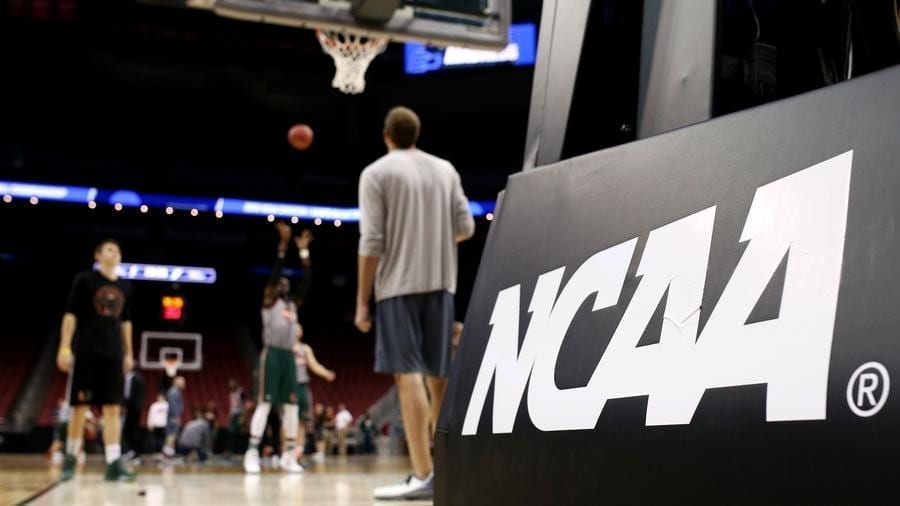Part of an antitrust lawsuit against the NCAA has been settled, and according to a lawyer for the plaintiffs of the case, “thousands of current and former college athletes could receive $5,000 or more” as a result. The $208.7 million settlement was reached last Friday between the NCAA and 11 conferences in a class-action lawsuit “brought by players over the value of an athletic scholarship.”
Part of an antitrust lawsuit against the NCAA has been settled, and according to a lawyer for the plaintiffs, “thousands of current and former college athletes could receive $5,000 or more” as a result. The $208.7 million settlement was reached last Friday between the NCAA and 11 conferences in a class-action lawsuit “brought by players over the value of an athletic scholarship.” Just exactly how many athletes can potentially benefit from this? Well, if approved by a judge, an estimated “40,000 players from top-level football teams and from Division I men’s and women’s basketball programs will be eligible to receive payments.” According to lawyer Steve Berman, individual checks can range between $5,000 to $7,000.
But what happened to bring about the lawsuit in the first place? Well, litigation began back in 2014 when a West Virginia football player, Shawne Alston, stepped forward with concerns over how NCAA scholarship funds were allowed to be spent. For years, “NCAA scholarships were not allowed to cover more than tuition, books, and room and board.” Alston claimed, “the limit was an illegal cap and that financial aid should account for what is commonly called the cost of attendance, including broader living expenses like clothing, off-campus meals, and travel home.” Other cases popped up during 2014 in relation to the NCAA scholarships, and a federal court even ruled in one case that the “NCAA’s limited scholarships violated antitrust law.”
According to Alston’s case, “athletes who got scholarships between 2009 and 2016 but had not received the cost-of-attendance adjustments were still entitled to the money.” Fortunately, it didn’t take long before the NCAA felt pressure from some of the largest conferences, including “the Big Ten, the Big 12, the Pacific-12, and the Southeastern,” and eventually they agreed to allow their scholarships to “include the full cost of attendance.” The change adds an estimated $3,000 and $6,000 per year to each scholarship.

That’s a lot of money, so how does the NCAA plan on covering the cost of the settlement? Will colleges have to help foot the bill? No. For now, individual universities will not be on the hook for the money. Instead, the NCAA plans on paying for everything from “its reserve funds.”
While this is all well and good, there are still some aspects of the lawsuit that have yet to be resolved, like an “effort to eliminate all restrictions on compensation for college athletes.” According to a statement issued by the NCAA, however, “the agreement maintains cost of attendance as an appropriate dividing line between collegiate and professional sports.” If anything, the settlement is a step in the right direction to ensure that college athletes are treated fairly.
Sources:
Athletes Stand to Gain in a Settlement With the N.C.A.A.
College Athletics: After NCAA Settlement, Sports Lawyer Continues Fight To Upend Amateurism


Join the conversation!